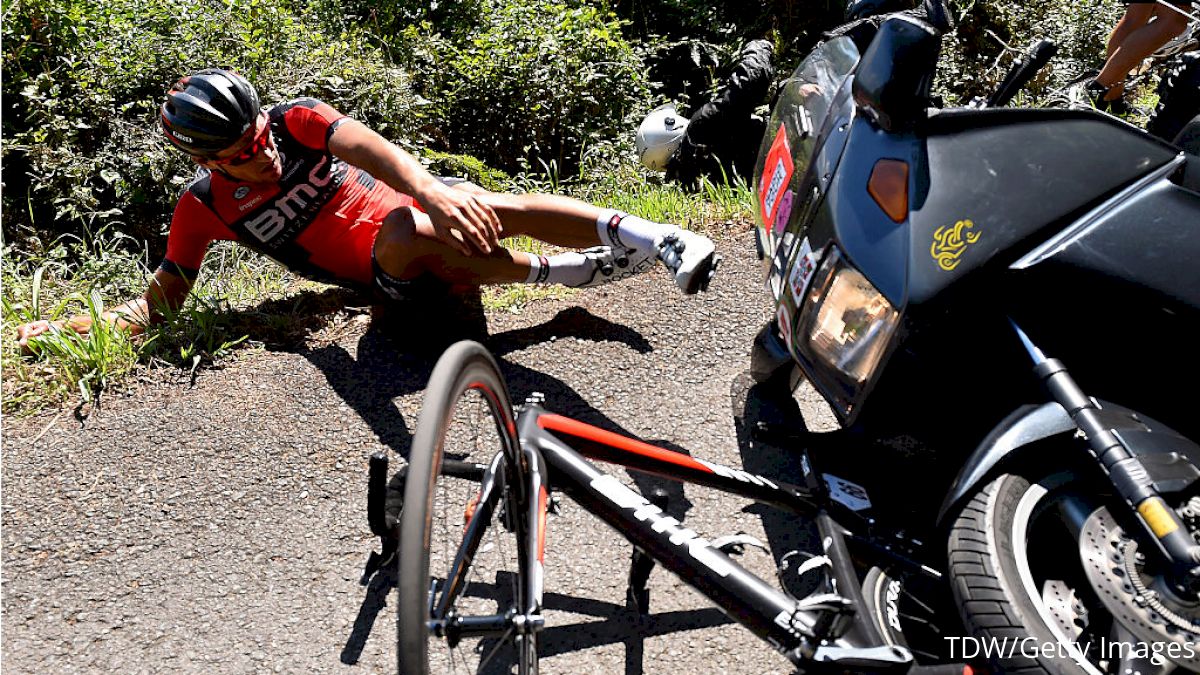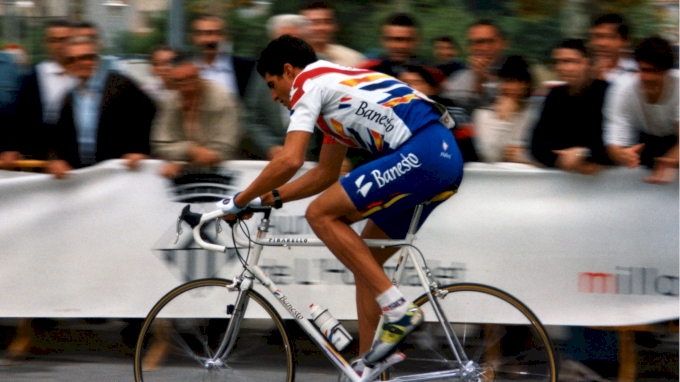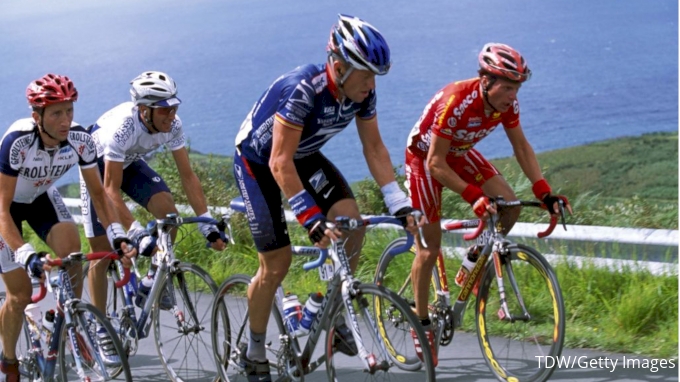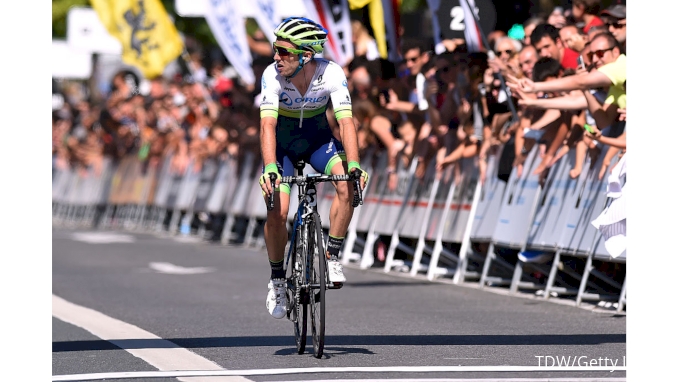From Indurain to Armstrong: Five Rides That Define Clasíca San Sebastían
From Indurain to Armstrong: Five Rides That Define Clasíca San Sebastían
Over its thirty seven years, Clasíca San Sebastían has given us a number of memorable winners.

In comparison to the monuments of the sport—100-plus year old classics like Il Lombardia and Ronde van Vlaanderen—Spain’s Clasíca San Sebastían is a relative newbie.
The mountainous one-day race originated from a rift between the Vuelta a Espana and the owners of El Correo, a newspaper in the cycling-mad Basque region of northern Spain. In the late-1970s, the Vuelta was plagued by constant conflicts and protests from the Basque separatist group, the ETA. In 1979, after a stage to San Sebastían was interrupted due to nails and debris spread across the road, the promoters of the Vuelta vowed to avoid the Basque region entirely.
Join Pro to access over 100 world class events live and on-demand
In response, El Correo, which had long served as the Vuelta's primary sponsor, pulled the grand tour’s funding. In the absence of the Vuelta traveling through the Basque region, in 1981 El Correo supported the formation of a new one-day race that would rival the monuments in Italy, France, and Belgium: La Clasíca San Sebastían was born.
The 229-kilometer race featured the region’s scenic and sinuous roads, with the ascent of the Alto de Jaizkibel, a treeless and grassy ridge overlooking the Bay of Biscay, as the event's centerpiece.
Over its thirty seven years, Clasíca San Sebastían has given us a number of memorable winners. Here, we recount five of the most dramatic rides in the race's history.
Marino Lejarreta, 1981
Basque cycling fans turned out in droves for the inaugural edition of La Clasíca, and the local pros didn’t disappoint. An emerging climber, the 23-year-old Marino Lejarreta rode away from a chase group of six coming off the summit of the Jaizkibel to take the race’s very first victory.
Lajarreta would go on to win San Sebastían three times (‘82 and ‘87), and took the Vuelta a Espana in 1983. Alejandro Valverde, with two San Sebastían wins to his name, is the only active racer within reach of matching Lajarreta’s record.

Lejarreta remains a national hero in Spain.
Miguel Indurain, 1990
Big Mig followed up the first of his five consecutive Tour de France victories by dispatching France’s Laurent Jalabert and Ireland’s Sean Kelly on the grassy slopes of the Jaizkibel, scorching the technical descent, and soloing to victory.
Though dominant during his career, the powerful Spaniard would never match that day’s performance at San Sebastían. In subsequent editions, Indurain failed to ever reach the podium.

Count Spain's most important one-day race amongst Indurain's impressive palmares.
Lance Armstrong, 1995
In 1992, Lance Armstrong lined up for the first time as a professional bike racer at Clasíca San Sebastían. In a cold and wet edition of the race, he famously finished in last place, 30-minutes behind the winner Raul Alcala, and contemplated quitting the sport.
Three years later he would summitt the Jaizkibel with an elite group of leaders, and best Italian Stefano Della Santa in a two-up sprint. The rest? It’s history.

Armstrong at Clasíca San Sebastían in 2002.
Adam Yates, 2015
When a then 22-year-old Adam Yates attacked from a reduced field on the final ascent of the Bordako Tontorra, he did not know who exactly remained up the road. Greg van Avermaet had been leading the race, but a collision with a motorcycle knocked the Belgian off his bike.
Yates rode through the chaotic crowd and the remnants of the break, then crossed the finish line alone, looking bewildered and confused. He didn’t raise his arms until after the finish line.

Yates, unwittingly crossing the finish line in first place.
Michal Kwiatkowski, 2017
The demanding parcours of Clasíca San Sebastían generally reduce the finale to an elite group of individual favorites, with team tactics playing out well before the finish line. However, few teams boast a roster as deep as Team Sky, now Team Ineos.
In 2017, Basque native Mikel Landa (then, on Sky) attacked the ascent of the Alto de Murgil and crested the climb alongside former San Sebastían winners Tony Gallopin and Bauke Mollema. As teammate Michal Kwiatkowski chased behind, Landa sat on the lead group.
With Landa providing a textbook lead out, Kwiatkowski dominated the sprint.

Landa joined Kwiatkowski in celebration.